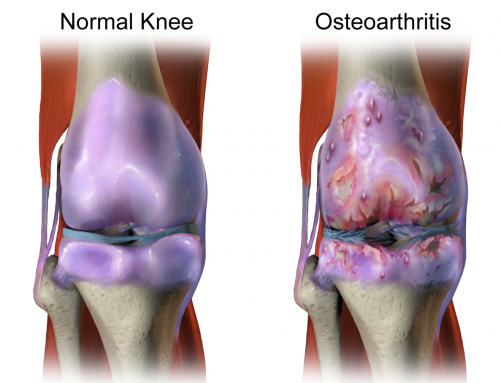One area that creates issues for people are food allergies. These can cause irritations and inflammations in the body that can cascade to other areas. An important first step in the process is to do food allergy testing. The comprehensive food panel is a good place to start. This video reviews how to consider your results. If you’re considering this kind of testing for the first time, then you’ll get a preview of how this can give us insight into how your body digests food.
Food Allergy Testing
 We begin the process in our office by drawing a number of vials of blood, and then sending those to our laboratory partner. The lab uses 184 individual wells, and puts a different food in each one, and then blood in each. A computer monitors the entire process, and if your blood attacks the food, then we know that this is something that can cause inflammation in your body. This is how we identify the potential problems in the process of performing food allergy testing.
We begin the process in our office by drawing a number of vials of blood, and then sending those to our laboratory partner. The lab uses 184 individual wells, and puts a different food in each one, and then blood in each. A computer monitors the entire process, and if your blood attacks the food, then we know that this is something that can cause inflammation in your body. This is how we identify the potential problems in the process of performing food allergy testing.
Using a laboratory test is valuable because sometimes you won’t have a reaction after eating something for 72 hours, and it’s difficult to isolate which food precipitated a problem. Reactions are different from patient to patient. They can trigger different reactions in different people, like migraines, depression, seizures, or asthma.
Once we know the potential problems, we then stop all of the problem foods, and then add them back in strategically to figure out which are the most problematic. Food allergies develop for different reasons. We were built to eat with the seasons, forcing us to eat different things year round. We can also develop inefficient digestion. This is a patient-by-patient issue. Patients will need to quit eating problem foods for 3 months to allow the body time to heal. Afterward, we’ll re-introduce them purposefully to reduce the list of problems for the long-term.
A second key report that’s provided by the lab is a list of foods you must avoid. The foods identified through food allergy testing with intolerance are grouped by categories, and the lab identifies all of the different areas that are included.



Leave A Comment